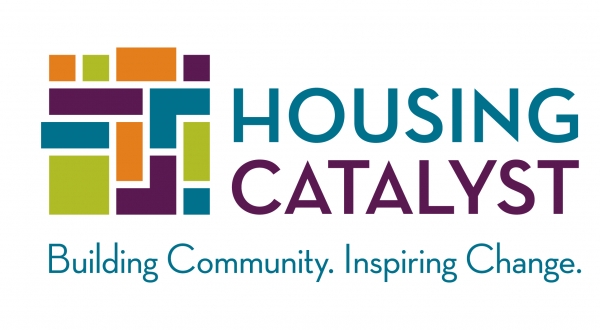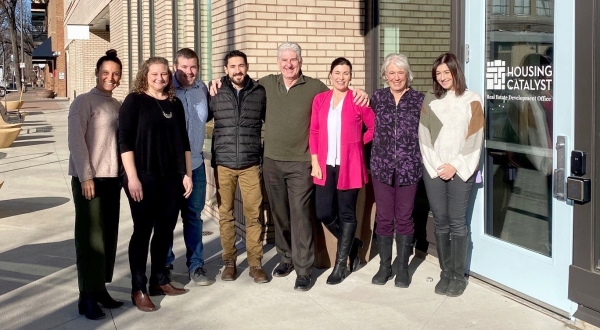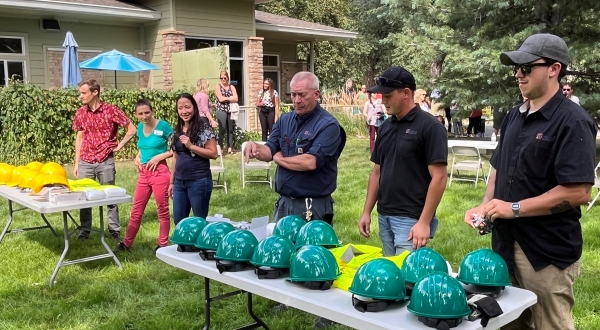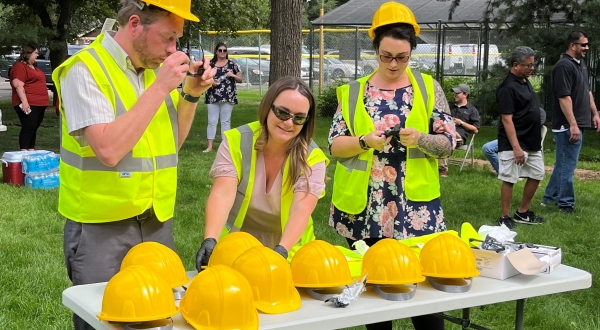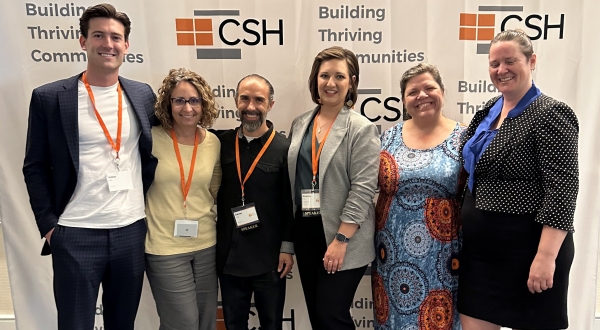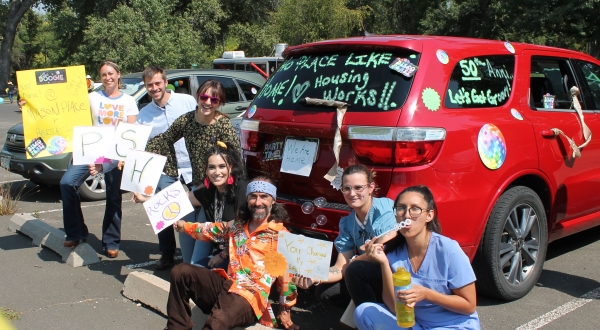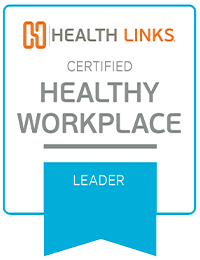
Organizations can stall out when it comes to health and safety programs. Human Resource professionals are juggling countless priorities and can often only maintain a basic level for Total Worker Health® programs.
As Colorado’s leading Total Worker Health (TWH) advisors, one of the difference makers we see at Health Links® is when a company dives deep into its data. The organizations that support worker health, safety and well-being in alignment with the highest level of Healthy Workplace Certification use healthcare cost records and employee culture and satisfaction surveys as tools to inform their programs, policies and priorities. This attention to detail and extra dedication to thoughtful planning creates the best work environments for employees to thrive.
A Certified Healthy Workplace® Leader with Health Links, Housing Catalyst, dives deep to create a work environment that embodies TWH principles. For more than 50 years, Housing Catalyst has addressed the growing need for affordable homes in Northern Colorado through innovative, sustainable, community-focused solutions. The agency develops and manages residential properties, administers housing assistance programs, and coordinates community programs and services.
We recently spoke with Housing Catalyst’s Director of Talent Management and Employee Experience, Angelika Lintner, about how the organization finds creative and effective ways to support workers using a data-driven, holistic approach.
One major development I've seen over the last few years is how we’ve taken a more comprehensive approach to worker health. In the past, we thought about it in this paradigm of wellness, which is just one angle of health. We have started to approach it from a health, safety and well-being perspective.
Internally, we expanded our Total Worker Health Committee. We now have members from maintenance serving on it because they handle a lot of our workers compensation and safety issues. Committee members annually advise our Benefits Task Force on any gaps they're noticing in our employees supports. The committee dives into issues like mental health and health plan utilization, seeing where we can help our employees with some preventative health measures. We are taking a holistic approach to the topic of health for our employees.
We are taking the Health Links survey, our insurance information, our workers compensation information, and even our own biannual employee satisfaction survey, into account. We’re balancing multiple data points and Health Links always provides really valuable data points.
Health Links is always a really valuable external advisor. Talking to someone on the outside, getting their perspective on approaches we could take or things we could focus on, has been so helpful in crafting our annual approach to worker health.
Employers are always scrambling trying to keep up with employee needs and they never really get to the place where they're able to take a comprehensive look at things. It was a big step for us in our approach to being an employer of choice to slow down and gather good data.
Humans are complex and any organization is always going to have a million needs. As an employer, it's impossible for you to solve all those issues. We really switched modes and said we wanted to take a proactive approach to employees’ health instead of a reactive approach. That's why we take time every January to look at our data comprehensively and set priorities for our Total Worker Health Committee based on what the data is telling us.
We work with vulnerable populations. And there can be a sort of secondhand trauma that our employees experience by trying to support these populations. It can have a serious impact on their well-being. Through our employee satisfaction surveys, mental health has been a frequent source of feedback that employees feel they need more support in.
It comes back to understanding our employees as holistic beings. It's so important for company leadership to remember that at work, you're seeing part of a person, but it's connected to all these other parts of them. It's connected to their physical health, their family life, their financial situation. You can't just section those pieces of the person off and focus only on their professional life.
I really look forward to our annual meetings with David. We meet twice at the beginning of the year to kind of go over our initial survey results and then to create an annual plan and some priorities for the year.
Talking to an outside expert on an annual basis about the work we've been doing and getting a third-party perspective is really refreshing, energizing and helpful. So many times, we will have a problem we're not sure how to approach and David has seen the same problem a hundred times and has fast advice for us. It's kind of like hitting the easy button. We don't have to reinvent the wheel because we have an expert in our court.
David was instrumental in helping us shift our focus from strictly wellness to TWH. I came to him with this kind of nebulous observation that I wasn't sure about the focus of the wellness committee, and he was an amazing thought partner to me and helped me diagnose what I was noticing but couldn't articulate. The committee would really serve our organization best if it was focused on TWH.
By bringing our separate safety and health committees together, coming up with a comprehensive plan, and then still allowing people to thrive in their specialties, it has made our approach so much more comprehensive. It's made the results more visible, and the entire experience was so rewarding.

